[ad_1]
Cauliflower could possibly be cherished in so some methods: dipped in ranch dressing, sauteed, in a stir fry as a rice substitute, and even to make pizza crusts. With so many decisions for this versatile plant, you’ll should develop your particular person merely to try all of them! Chances are you’ll assume you don’t have room for them since they’re going to develop so large, nonetheless many companion vegetation don’t ideas being subsequent to the cauliflower.
You’ll need to determine on vegetation that like various water and don’t need the an identical nutritional vitamins as cauliflower. Since these brassicas are heavy feeders, they should be fertilized recurrently all by way of the season. There are loads of strategies to incorporate completely different vegetation into your cauliflower patch that may revenue or tolerate cauliflower shut by.
I will current you 15 companion vegetation you probably can develop with cauliflower so you have to use your whole yard space. There’s no should let rogue cauliflower leaves take over!
What Is Companion Planting?
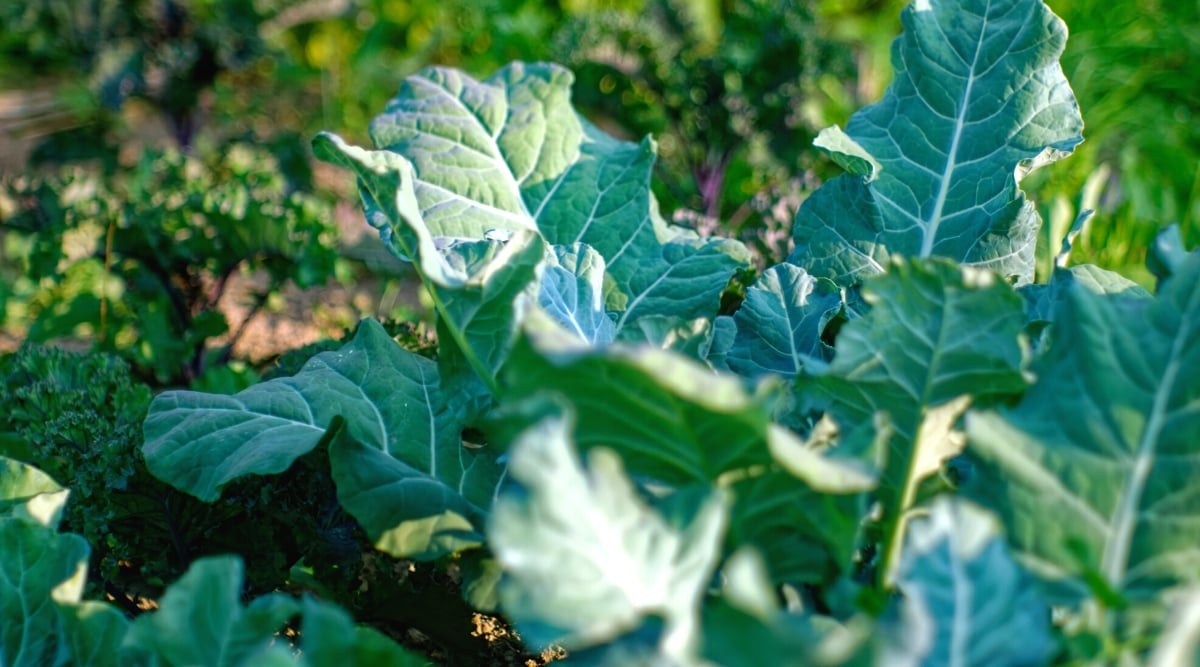

Vegetation work larger collectively, and anyone who makes use of companion planting of their yard is conscious of it. Completely completely different plant varieties within the an identical space can revenue each other in strategies that may help reduce pests, enhance growth, and customarily even enhance the flavour. Most importantly, companion planting improves biodiversity by bringing in further pollinators and useful bugs.
Companion planting helps you to lengthen your rising seasons previous what you’d normally do with out it. A yard mattress dedicated to lettuce will bolt in late spring or early summer season season, nonetheless when large vegetation like tomatoes or sunflowers defend these heads of lettuce, they’re going to ultimate slightly bit longer on account of they aren’t struggling beneath the summer season season photo voltaic.
This gardening methodology can revenue farmers with quite a lot of acres of land, a small container yard on a balcony, and every yard measurement in between.
Cauliflower as Companion Vegetation
I used to imagine you couldn’t plant one thing with cauliflower because of how massive the leaves can develop. Nonetheless these vegetation can nonetheless be good neighbors even once they occupy various space. Let’s check out what you probably can depend on with these cole crops spherical.
Lots of the cauliflower plant is above flooring, which suggests it doesn’t take up quite a bit space beneath the ground. Chances are you’ll take advantage of that space by planting crops that need a great deal of soil, like potatoes or beets. The cauliflower leaves can help defend roots and tubers as they develop.
Cauliflower doesn’t need various the an identical nutritional vitamins as its companions, so it obtained’t should compete for them as quite a bit. Nonetheless, they need various nitrogen, so that you just’ll nonetheless should fertilize all of them by way of the rising season.
I affiliate cauliflower (and the rest of the Brassica bunch) with pests. They’re susceptible to cabbage loopers, cabbage worms, cabbage root maggots, armyworms, aphids, cucumber beetles, snails, slugs, flea beetles, and thrips. Virtually every plant is susceptible to at least one factor, nonetheless it seems to be like cauliflower attracts pests that eat up various its companions, so that you just’ll have to take care of an eye fixed fastened out for pest invasions.
Cauliflower desires 1-2 inches of water each week, which may limit what you probably can plant shut by. Within the occasion you choose a companion that moreover likes water, it is important to current way more water for the thirsty vegetation in that small area. Conserving companion vegetation in containers shut by is an environment friendly choice to make sense of your watering schedule.
Companion Vegetation for Cauliflower
Let’s check out some vegetation that may work properly with cauliflower. Some vegetation current benefits, whereas others are actually helpful on account of they don’t set off any points.
Beans
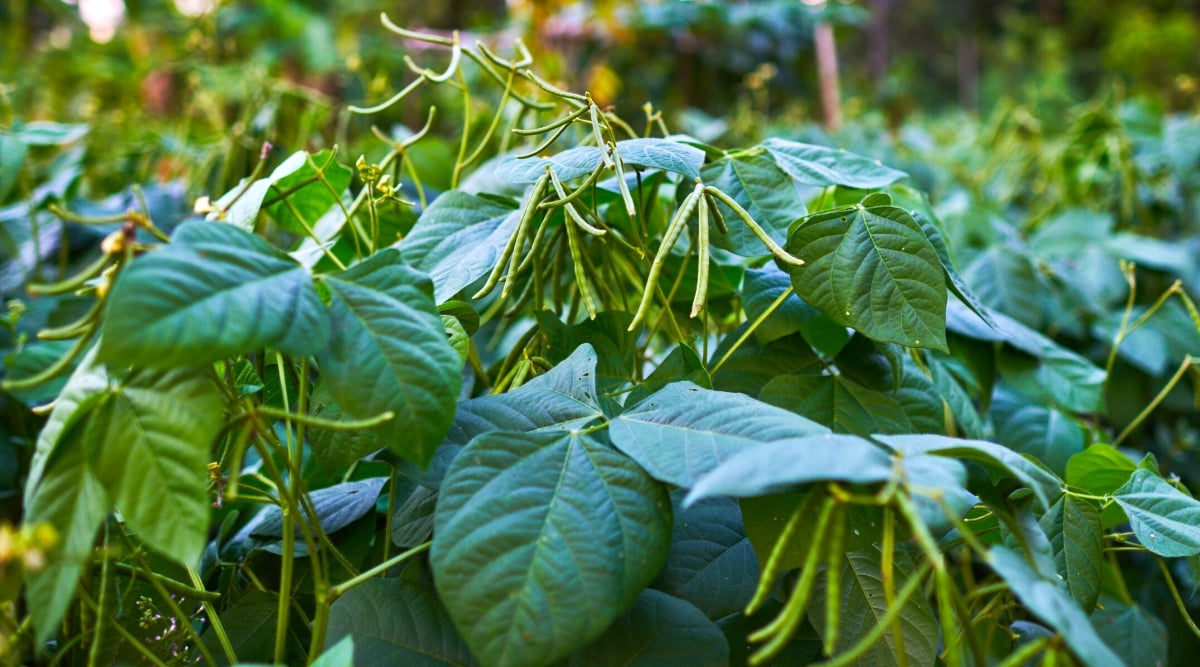

Since cauliflower desires a great deal of nitrogen to develop its leaves and head, you’ll want to preserve a great deal of beans shut by. Beans take in nitrogen from the air, then affix it in nodules on their roots. Whereas this nitrogen obtained’t become on the market until the bean roots decompose after the season, you’re principally enhancing your subsequent season’s crop upfront – and any fertilizer you add will go straight to the cauliflower!
Every bush and pole beans are doable, nonetheless you’ll need to regulate pole beans with trellises to cease them from overtaking cauliflower with their vines. You will have to moreover assure they don’t stable an extreme quantity of shade over the cauliflower. Alternating rows of each plant will work, as will rising cauliflower in entrance of a row of beans on the side that receives in all probability essentially the most daylight.
Needless to say beans are warmth local weather lovers, so this pairing is biggest all through these joints between the seasons; late summer season season into early fall whilst you plant the autumn cauliflower crop or inside the spring sooner than you harvest your closing cauliflower heads.
Beets
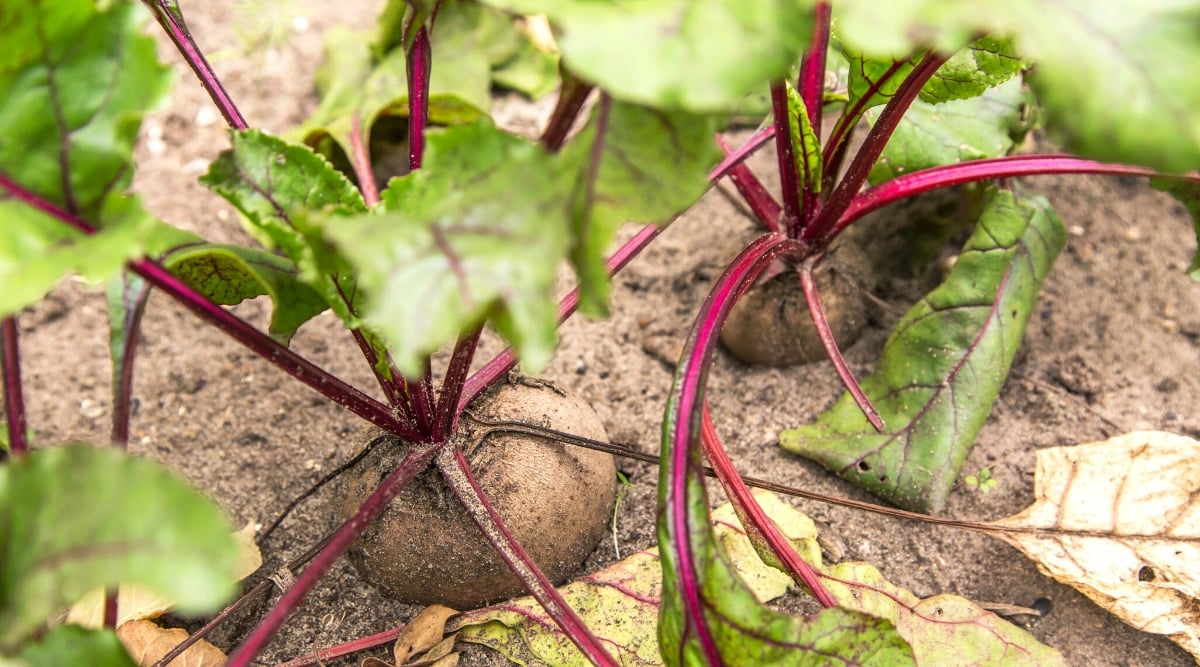

Cauliflower roots are shallow, nonetheless no matter that, beetroot usually pairs properly with them. Chances are you’ll plant them pretty shut to at least one one other as long as the cauliflower obtained’t get shaded out by beet greens or vice versa. Needless to say cauliflower can have pretty big greens itself, and in addition you’ll want to preserve the beets out from beneath them.
Though a beet’s root is normally the additional customary crop, its greens are merely as important. They’re stuffed with magnesium and may help your cauliflower develop properly. Let ineffective leaves fall to the underside, and must you’re not a fan of consuming the greens, go away them behind to behave as a mulch and enrich the soil.
Celery
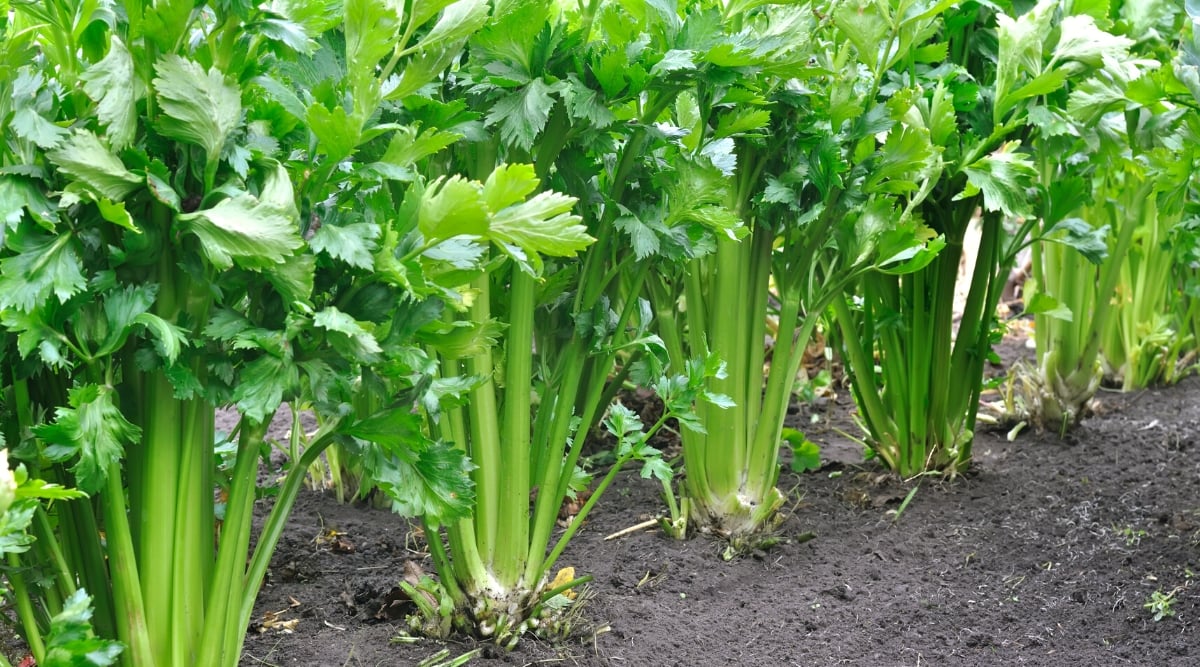

Celery is an environment friendly companion for cauliflower on account of they every need various water to be utterly happy. They should receive 1-2 inches per week and shouldn’t be allowed to dry out, although you moreover don’t want water to puddle spherical each plant type.
An infinite revenue celery affords is sustaining away cabbage moths. These moths will gobble up your crops shortly, so keep in mind rising only a few celery vegetation to take care of them at bay.
Cucumber
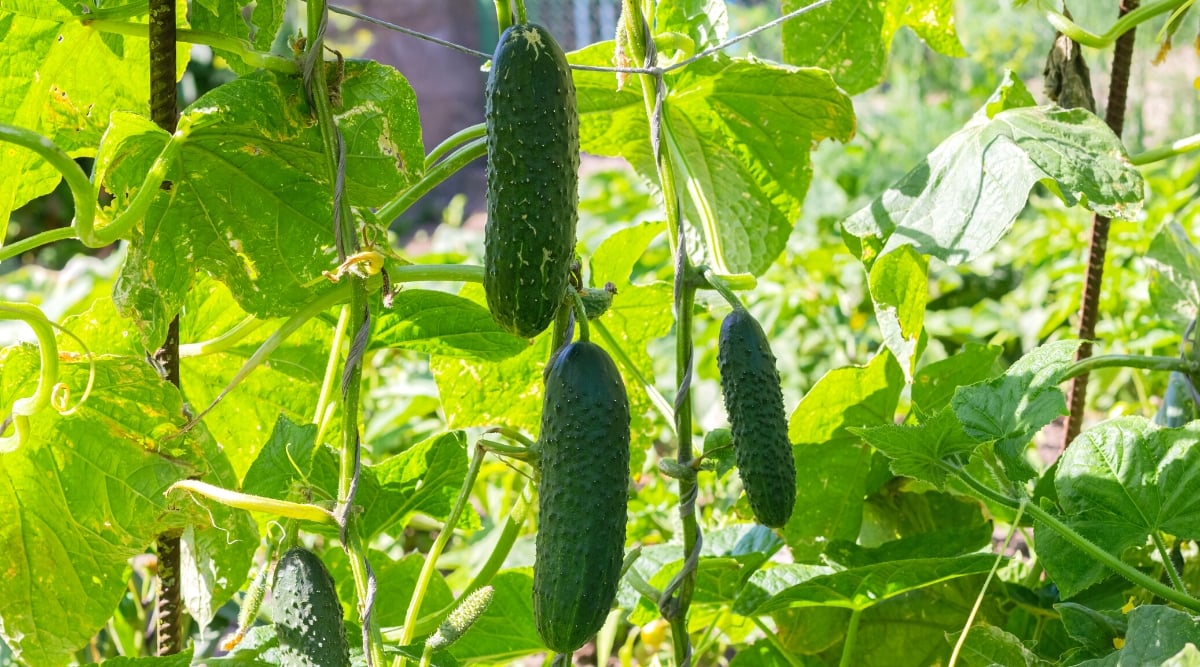

Cucumbers make good companions for cauliflower as long as you assure every vegetation have each factor they need. They’re every extraordinarily thirsty vegetation that may need 1-2 inches of water each week and possibly further must you reside in a dry area. You’ll moreover should fertilize them recurrently since they’re every heavy feeders.
Rising cucumbers can help you lengthen your cauliflower harvest into early summer season season since they’ll current a great deal of shade as quickly as they climb trellises. Cauliflower will bolt as quickly because the local weather warms up till you give them shade.
Corn
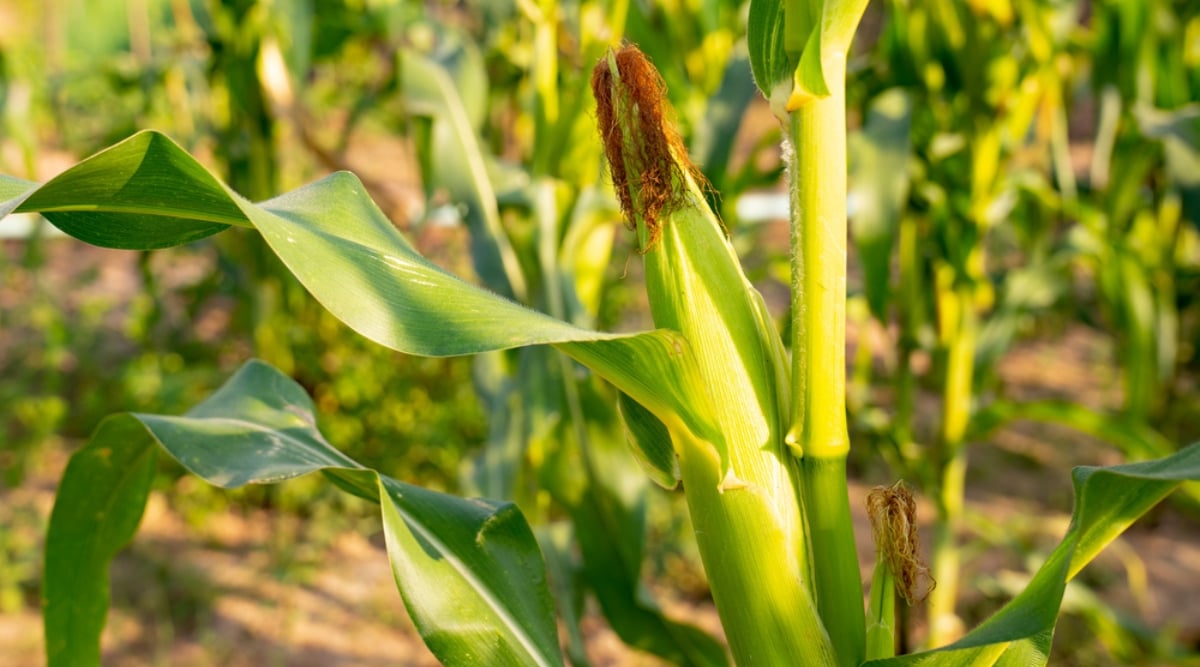

Corn is one different companion that may help you get further out of your brassica crop. It won’t be tall adequate to help your cauliflower survive the early summer season season heat, nonetheless when planting seeds in July for a fall harvest, the corn stalks will current a great deal of shade.
Counting on whilst you planted corn, it should be ready to reap on the end of summer season season when the cauliflower is at an early stage. Chances are you’ll go away the stalks inside the flooring or use a shade cloth if the temperatures are nonetheless too scorching for cauliflower to be utterly happy.
Dill
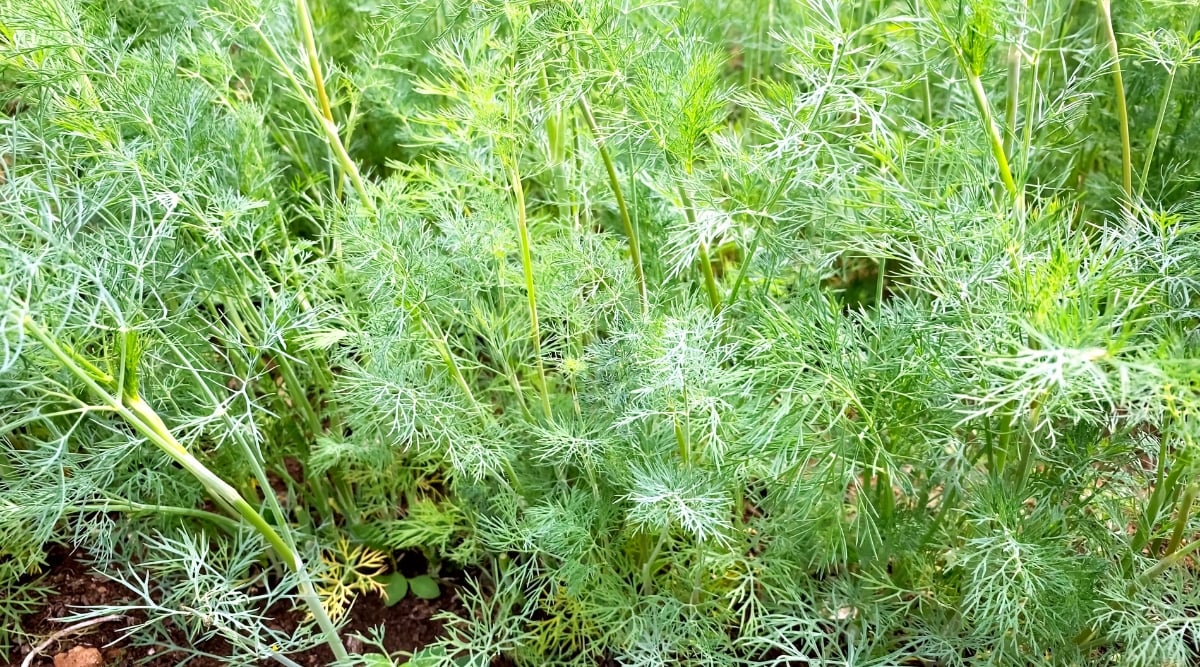

Dill attracts a variety of pollinators and useful bugs that may revenue your entire yard. A lot of the critters it brings in eat aphids, which typically is a detriment to your cauliflower. Dill and cauliflower every have shallow root strategies, so you may want to preserve dill in a container shut by in order that they don’t compete for water.
An enormous draw of getting dill near a brassica patch is that it repels cabbage moths. You’ll have them spherical anytime you’re rising brassicas, so planting only a few dill vegetation will present assist to lower the inhabitants.
Onions
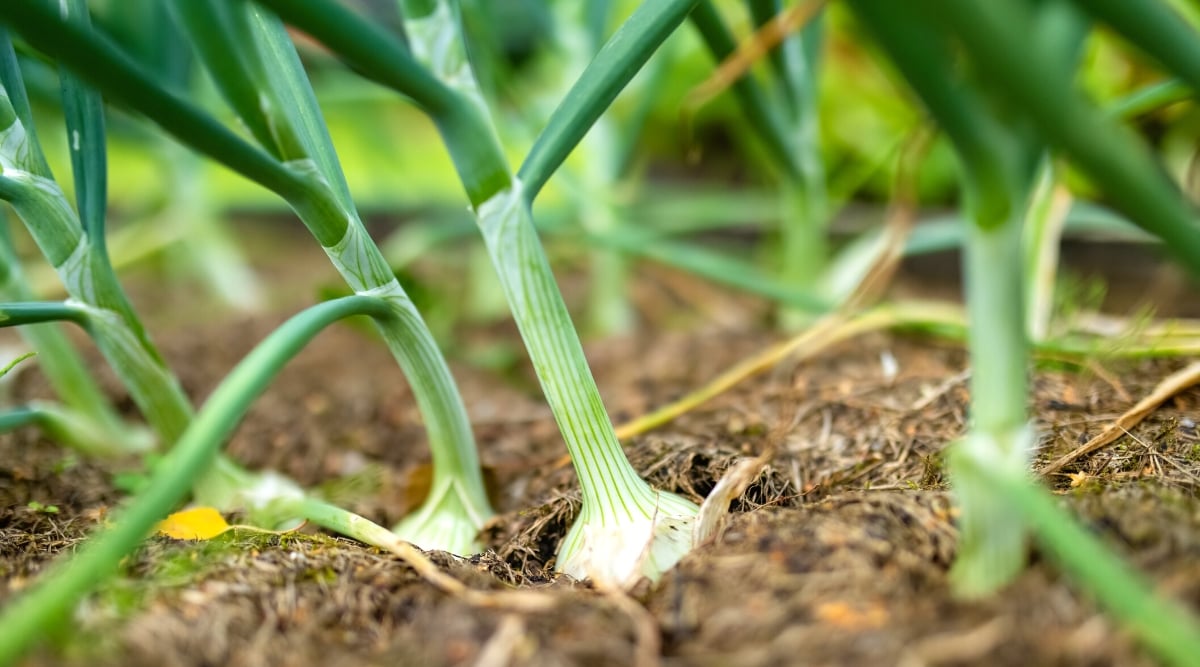

Onions and cauliflower get alongside properly since their root strategies and foliage don’t intervene with each other. Chances are you’ll plant them pretty snugly collectively whenever you’ve bought a small space. Like beets, though, it’s biggest to not put the onions instantly beneath the cauliflower foliage!
You’ll want onions shut by on account of they repel essential brassica pests, along with cabbage loopers, rabbits, and aphids. All three of these critters damage your crops in one other approach nonetheless will preserve their distance since they don’t similar to the onion odor.
Nasturtium
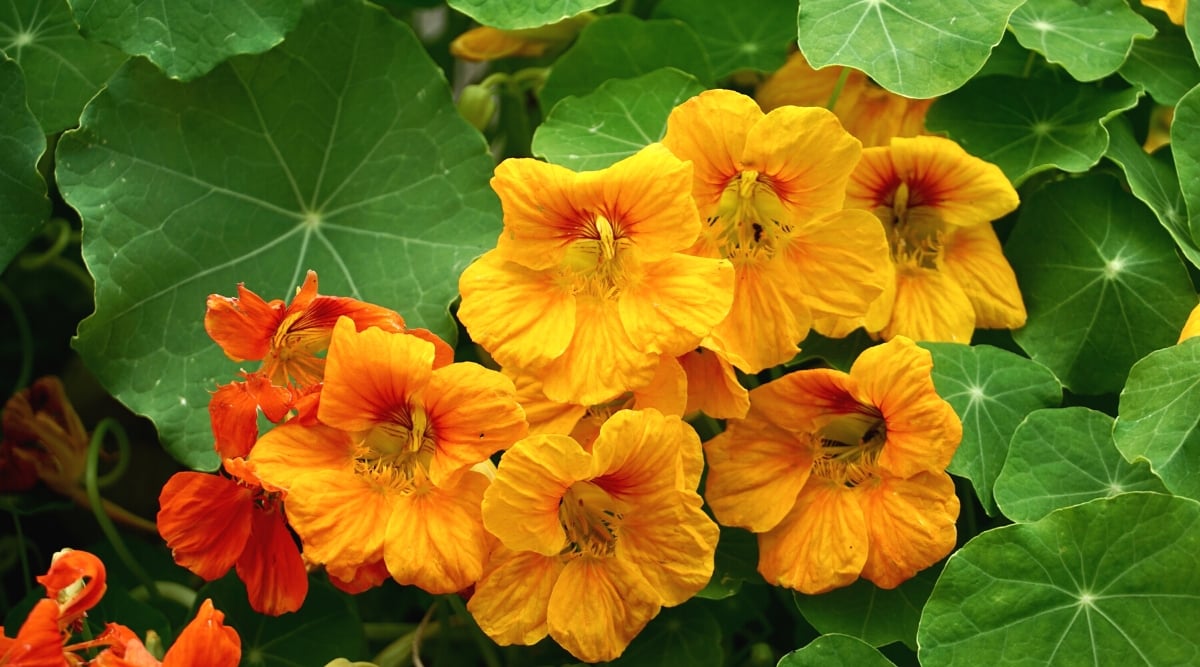

If you’ve bought various whiteflies and aphids bugging your brassicas, use nasturtium as a lure crop shut by. Allow these pests to feast on the plant while you are taking away them out of your foremost crop. When it’s time to get rid of the plant, you’ll get rid of many pests.
Nasturtium grows gorgeous flowers that enchantment to many useful bugs that may go after brassica pests. They convey in various ladybugs that go after aphids along with hoverflies, parasitic wasps, and lacewings that go after cabbage worms and whiteflies.
Nasturtium doesn’t need as quite a bit water as most vegetable crops, so that you probably can plant it on the sting of your annual beds or preserve it in containers.
Potatoes
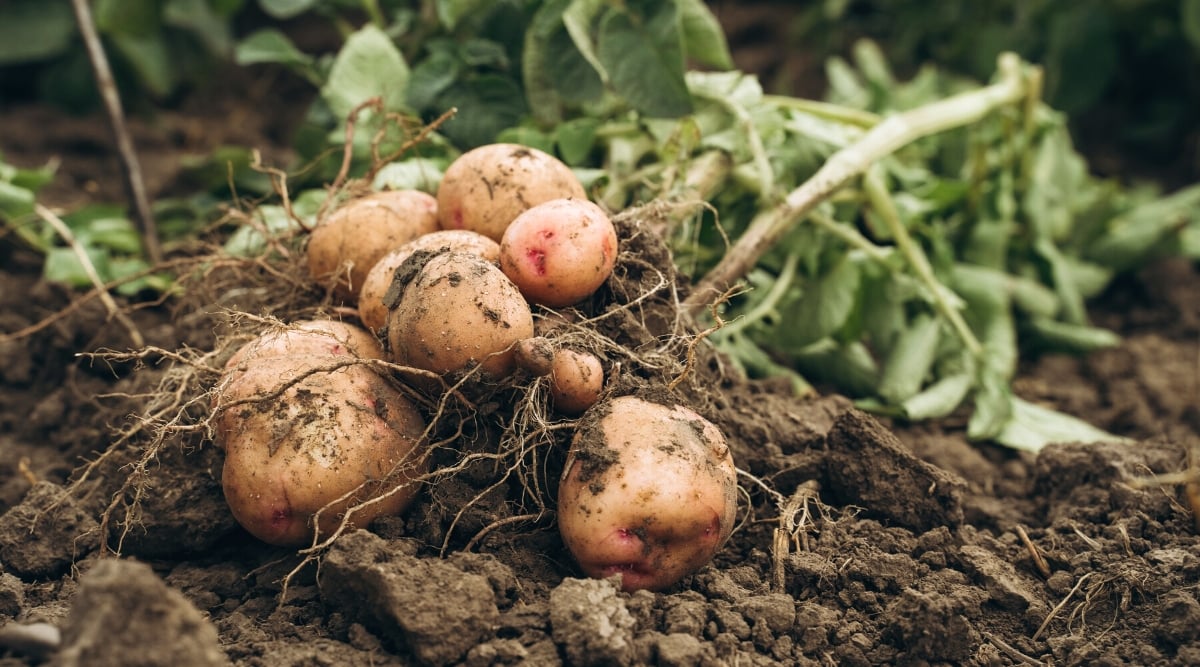

Potato vegetation develop their tubers pretty deep inside the flooring, in order that they obtained’t compete with shallow cauliflower roots. The foliage has a short bushy growth conduct that shouldn’t get in the way in which through which of your cabbage till you plant them too shut.
Potatoes and cauliflower have completely completely different requirements and obtained’t compete for the same nutritional vitamins. They need the an identical amount of water each week, making them easy to take care of inside the yard.
Rosemary
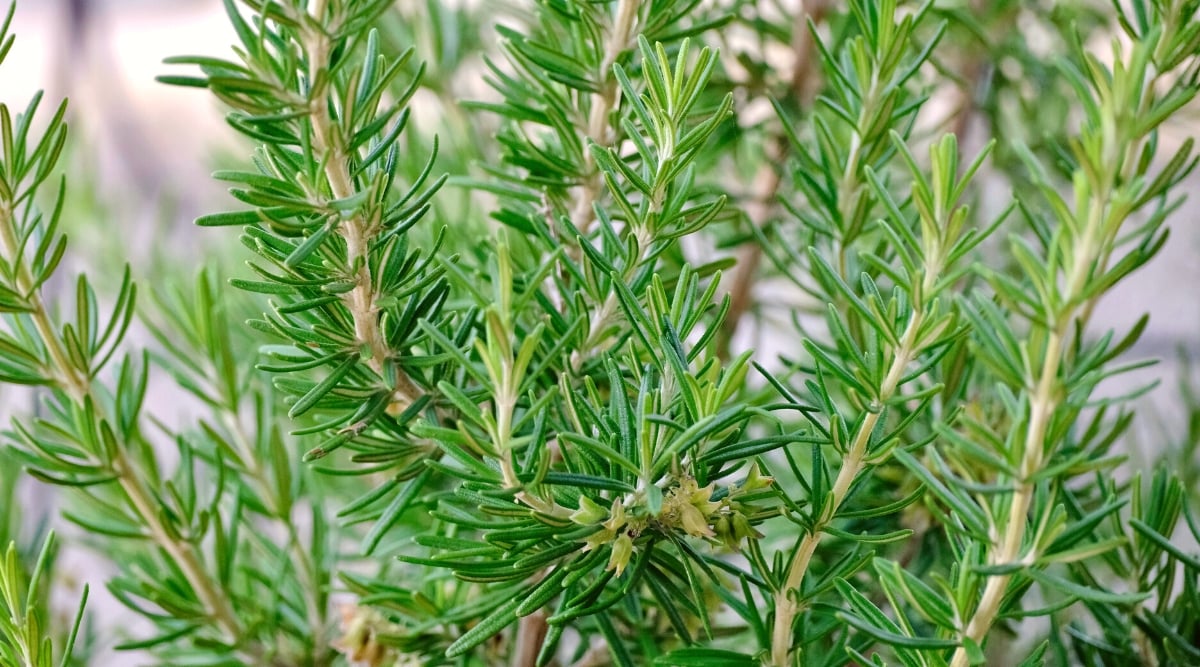

You’ll want to preserve quite a lot of rosemary vegetation spherical because of each factor it’ll deter! Cabbage moths, snails, slugs, and a number of other different fly varieties hate the scent and may preserve far-off.
Rosemary is drought-tolerant and may develop biggest in a container. It prefers dry soil and solely have to be watered about as quickly as each week, if even that. This low-maintenance schedule is also troublesome to take care of up with if it’s inside the flooring subsequent to your cauliflower. Alternatively, keep in mind planting some rosemary on the very end of cauliflower rows, nonetheless don’t run the drip irrigation as a lot because it; as long as it has slightly bit little little bit of water from time to time, it’ll perform properly.
Sage
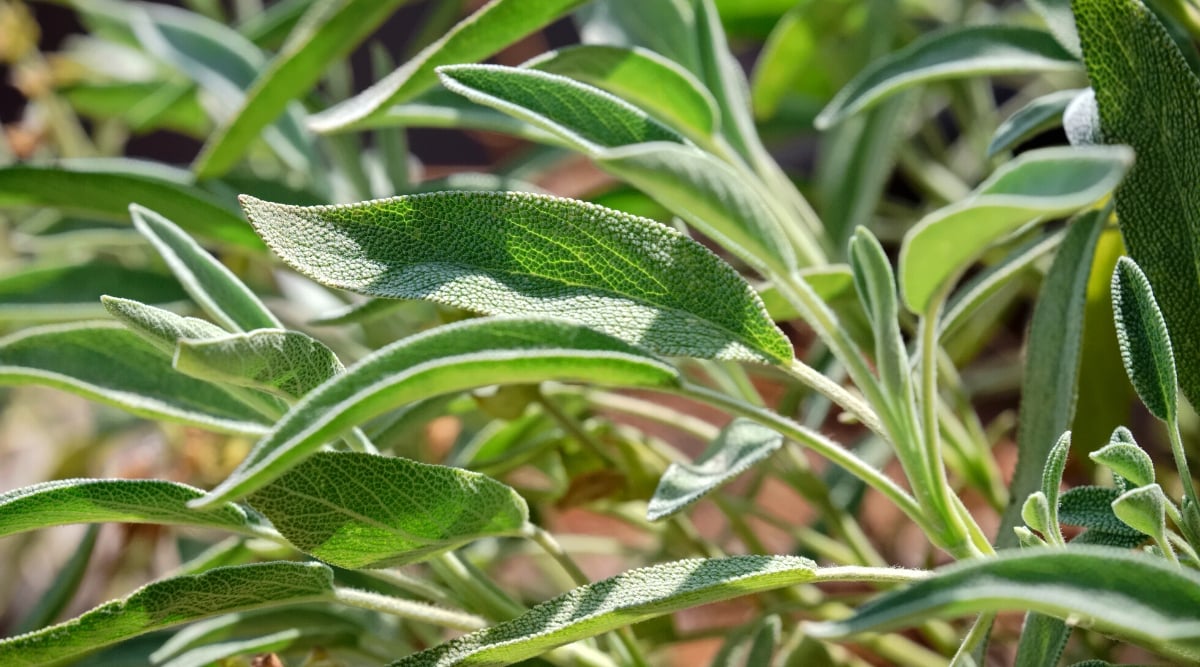

Sage is one different herb that may go to battle in your cauliflower. It repels essential pests like flea beetles, cabbage maggots, cabbage worms, cabbage moths, and cabbage loopers. When sage goes to flower, it’ll enchantment to all sorts of pollinators.
Sage and rosemary make good companions for each other, so that you probably can plant them every with cauliflower to help preserve pests away. Sage moreover prefers dry conditions, so sustaining them near nonetheless separate out of your brassicas is sweet. Whereas it’ll tolerate further water than rosemary will, it does desire a drier soil base than your cauliflower.
Spinach
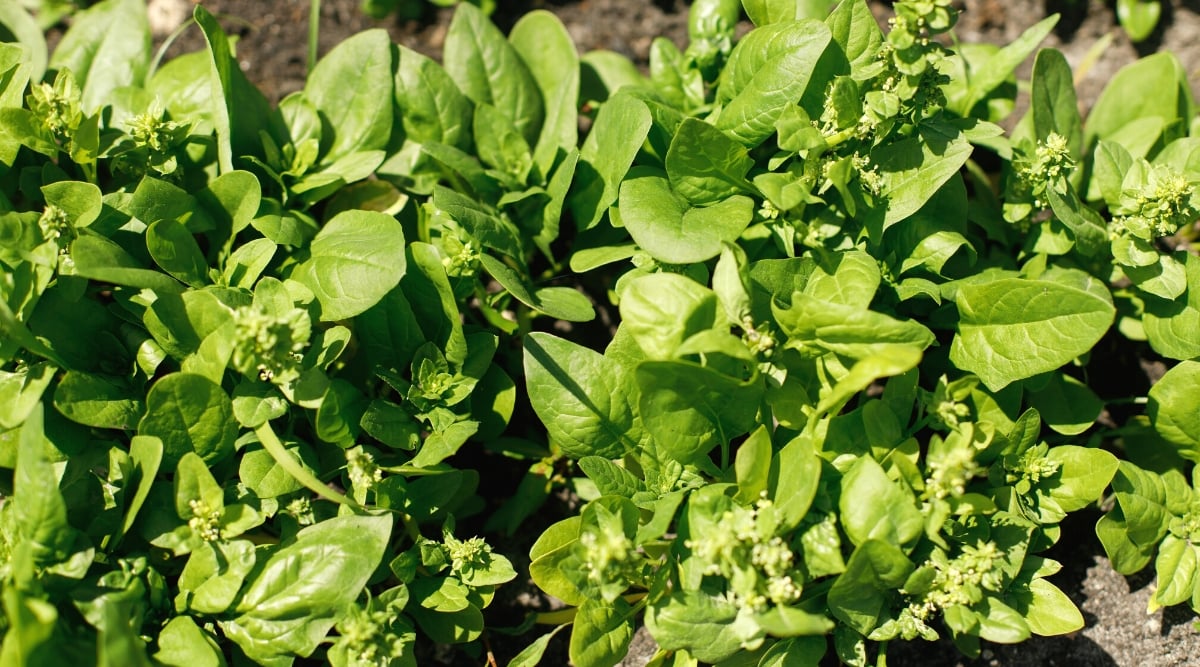

Spinach is an easy-to-grow spring crop that may develop properly with cauliflower. This fast-growing plant will act as a residing mulch and help suppress weeds whereas your cauliflower seedlings develop.
They every have shallow root strategies nonetheless shouldn’t compete an extreme quantity of if there’s adequate space between the vegetation. They every like water and daylight and may bolt as quickly because the temperatures get too warmth, so caring for them concurrently could be a breeze.
Sunflowers
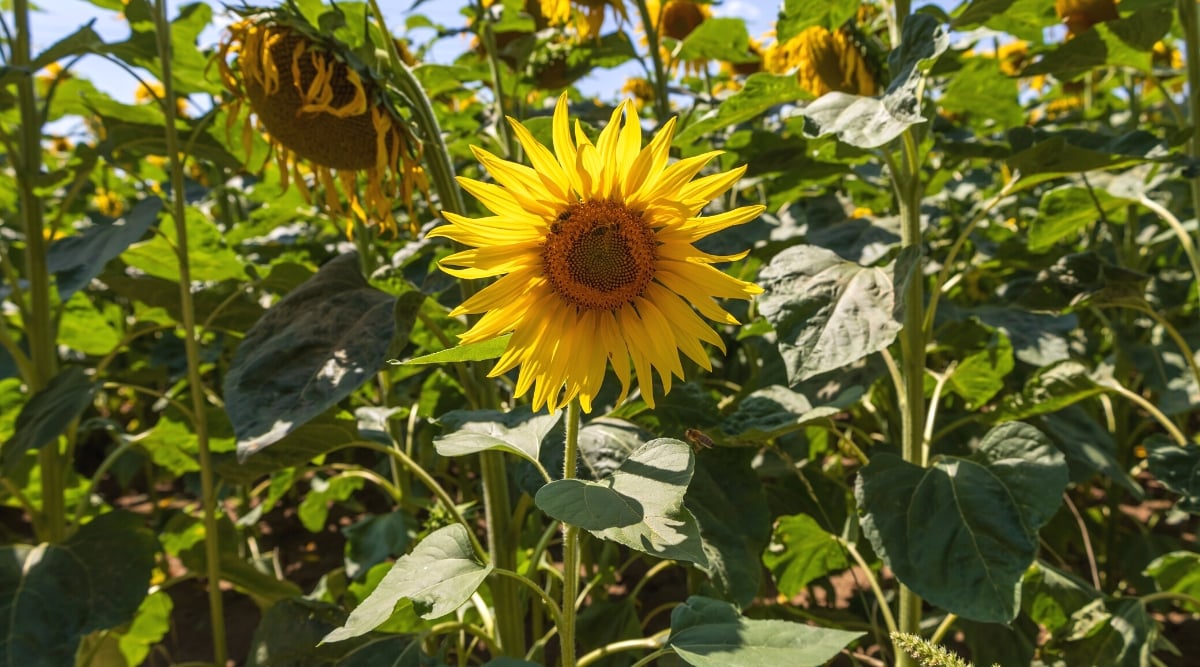

Within the occasion you need further pollinators in your yard, sunflowers are the way in which through which to go. They enchantment to bees, butterflies, and completely different useful bugs you’ll want to have spherical.
As far as brassica crops go, sunflowers current slightly bit shade for cauliflower that’s getting shut to reap time inside the spring, plus they’re going to present shade late inside the season whilst you’re starting your new vegetation.
Swiss Chard
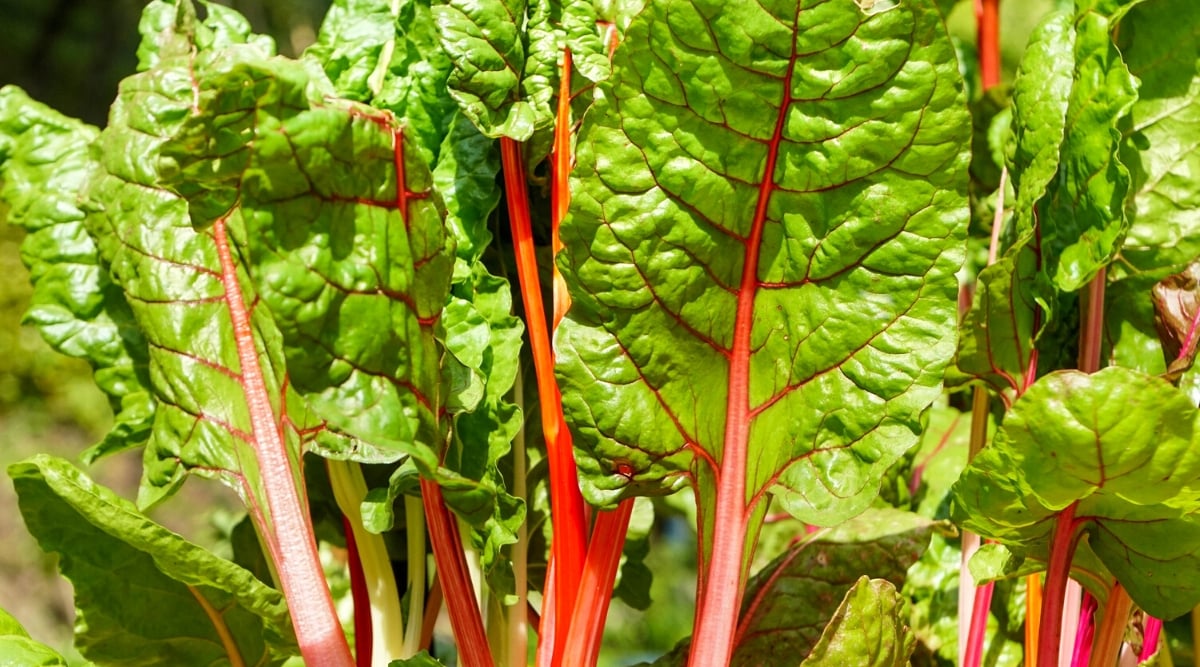

Swiss chard is a sort of companion vegetation I mentioned that doesn’t primarily revenue cauliflower nonetheless doesn’t set off points. Chard and cauliflower are content material materials to exist with each other with out giving or taking. It appears like a easy friendship!
Every vegetation have shallow root strategies, nonetheless when appropriately spaced, they obtained’t get tangled and fight for water. They don’t need the an identical nutritional vitamins, in order that they’re not competing for that, each. Pair these two peaceful residents with some herbs that usher in useful bugs (significantly ones like dill that will entice predators for widespread brassica pests), and in addition you’re good to go.
Thyme
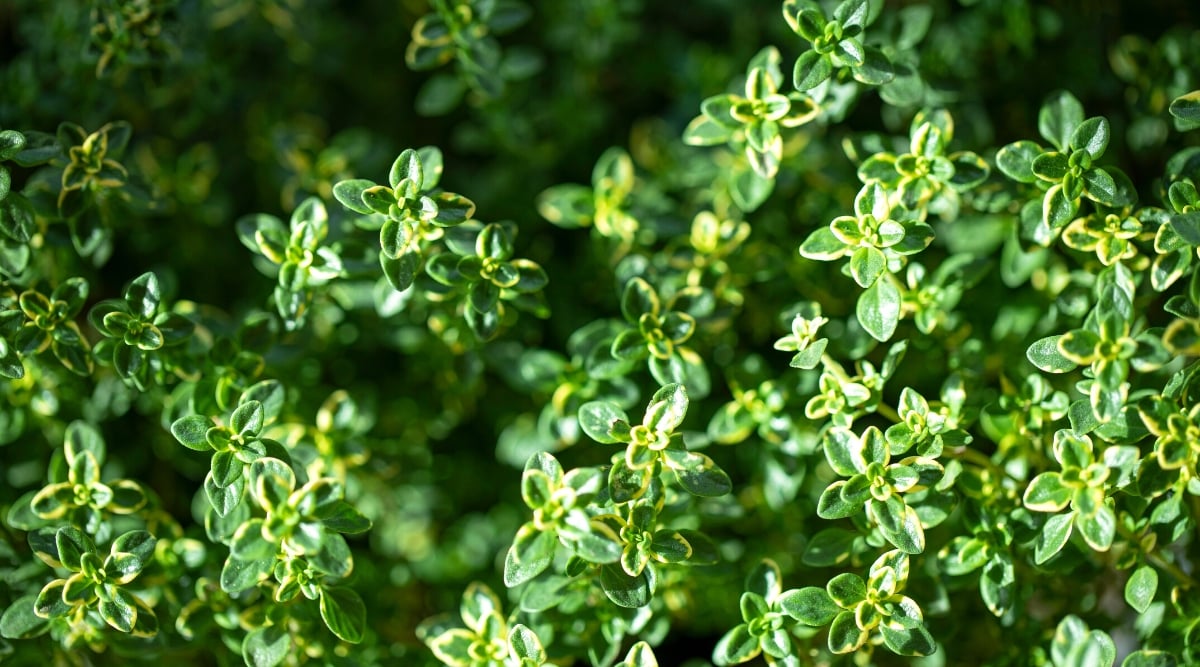

This aromatic herb can masks the scent of cauliflower and preserve bugs away. Most pest bugs don’t similar to the odor of thyme, to begin with, in order that they’ll steer clear of the start. Thyme is good to take care of spherical on account of it’ll repel earworms, maggots, hornworms, mosquitoes, and whiteflies.
Thyme will even enchantment to pollinators and useful bugs when it flowers, and loads of of them will eat pests like aphids. This herb might behave as a flooring cowl must you allow it to unfold out so it could probably help suppress weeds.
Thyme is one different herb that prefers dry conditions, so that’s one different one to position in a container or on the edges of your brassica mattress, the place the soil will dry out sooner.
Final Concepts
Cabbage moths and completely different pests can ravage cauliflower, nonetheless fortunately, many useful companion vegetation help preserve them away. With slightly bit planning, you probably can embody your cauliflower with helpful vegetation that may make them easier to take care of.
[ad_2]
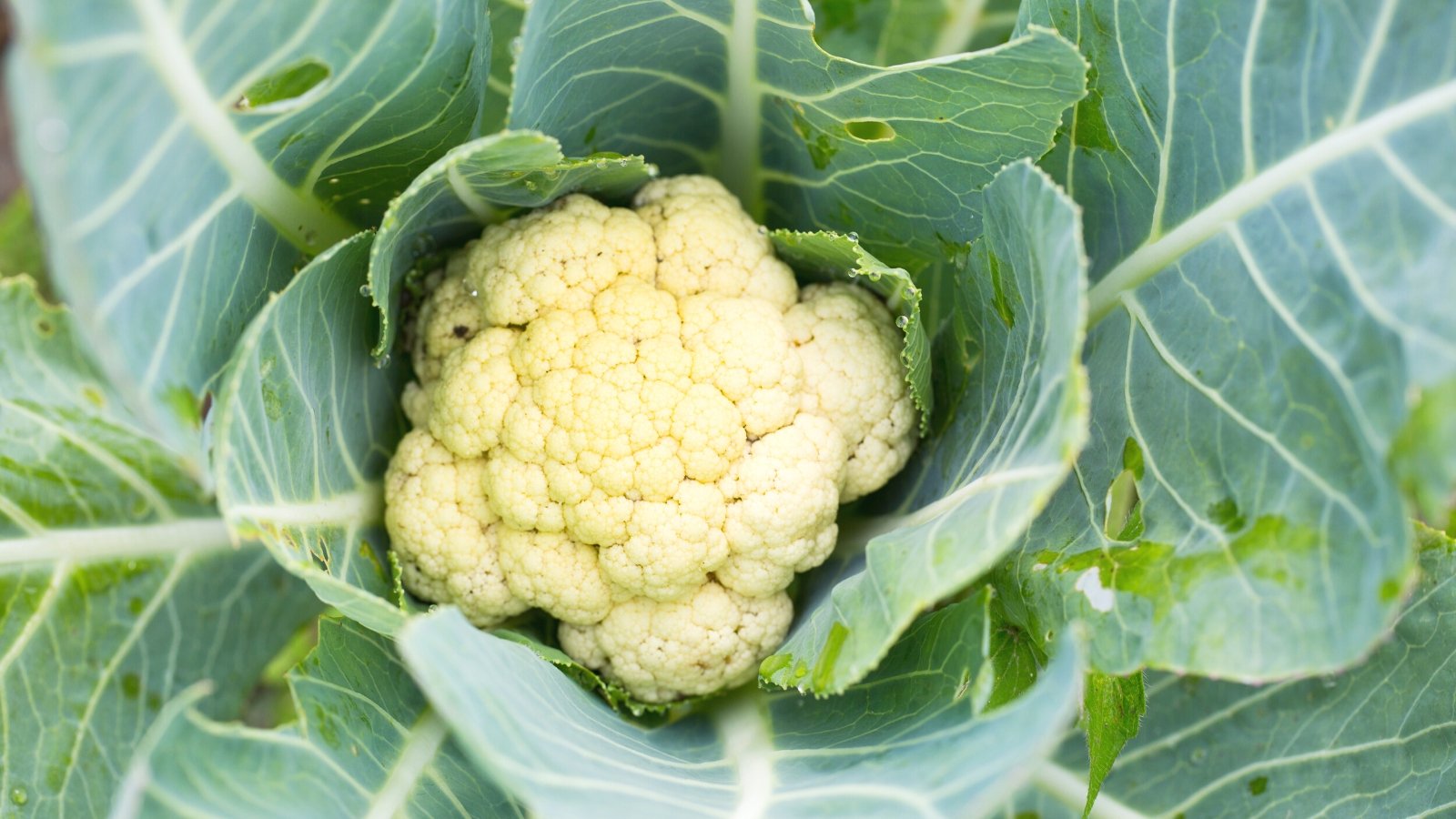
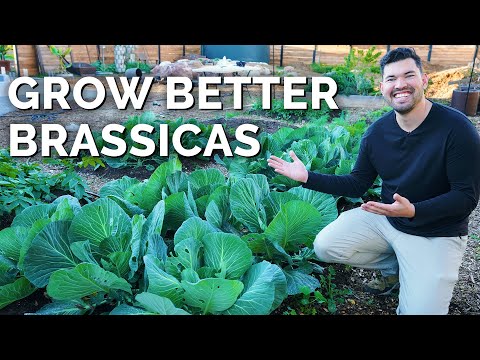
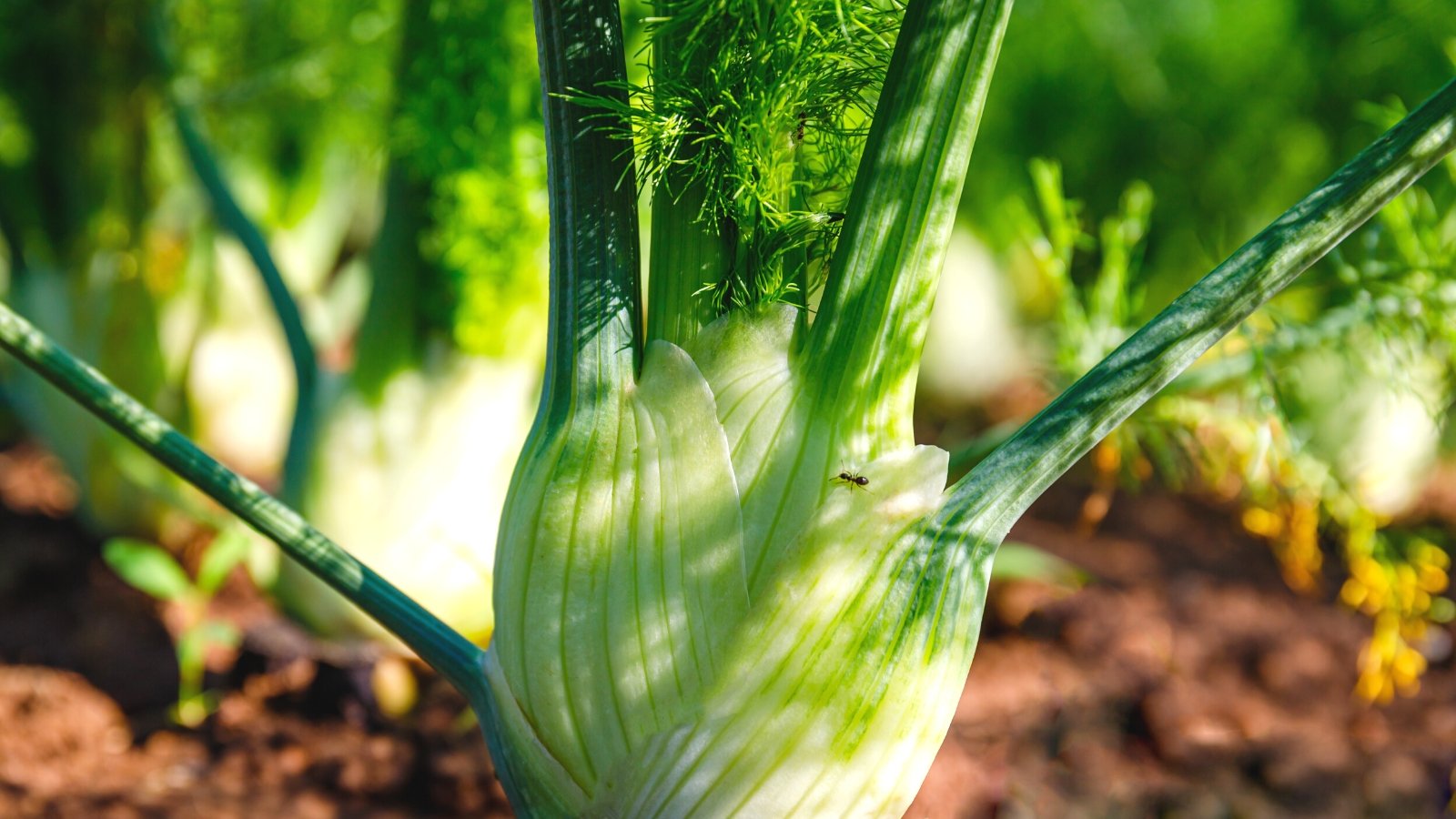
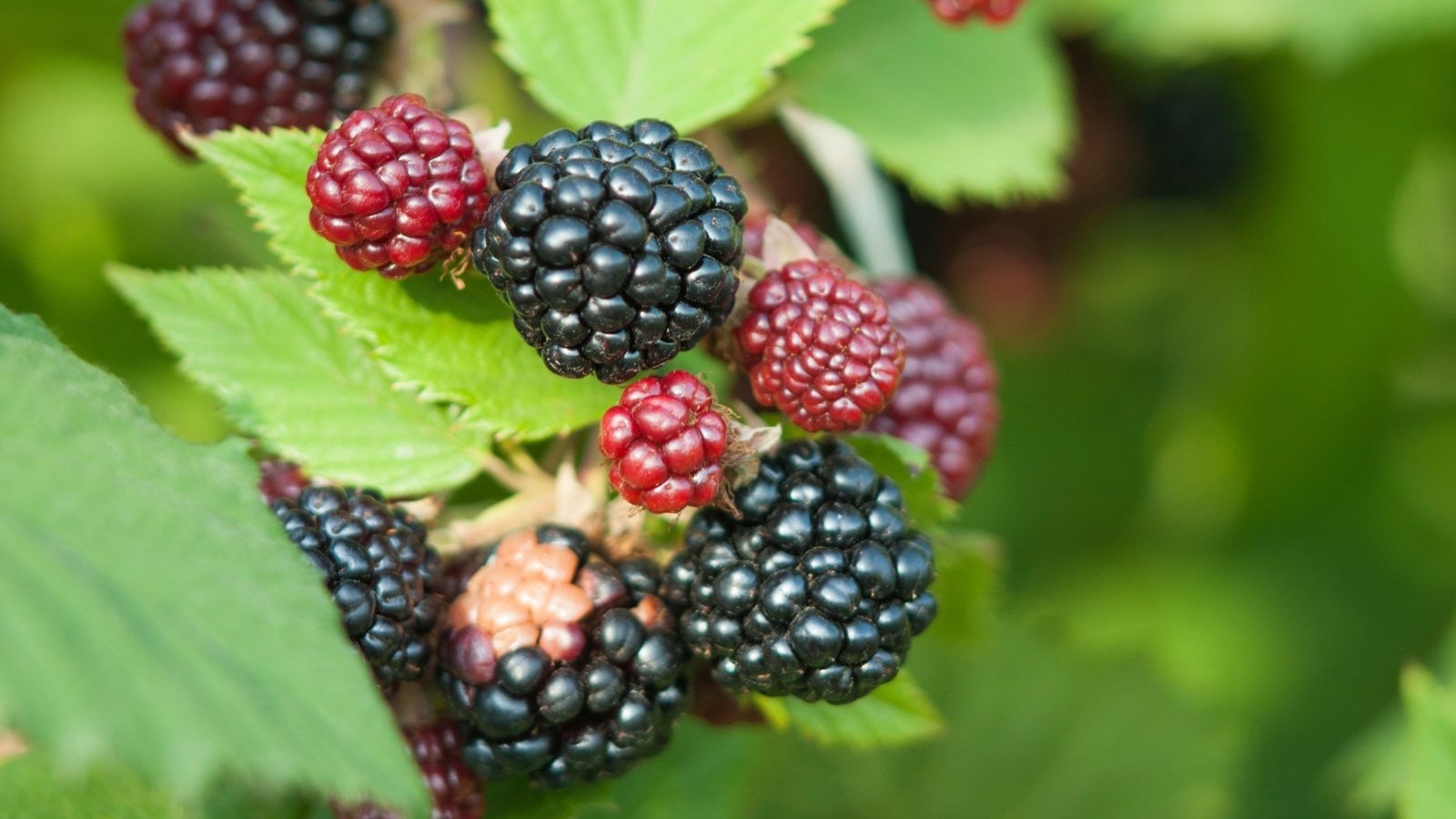
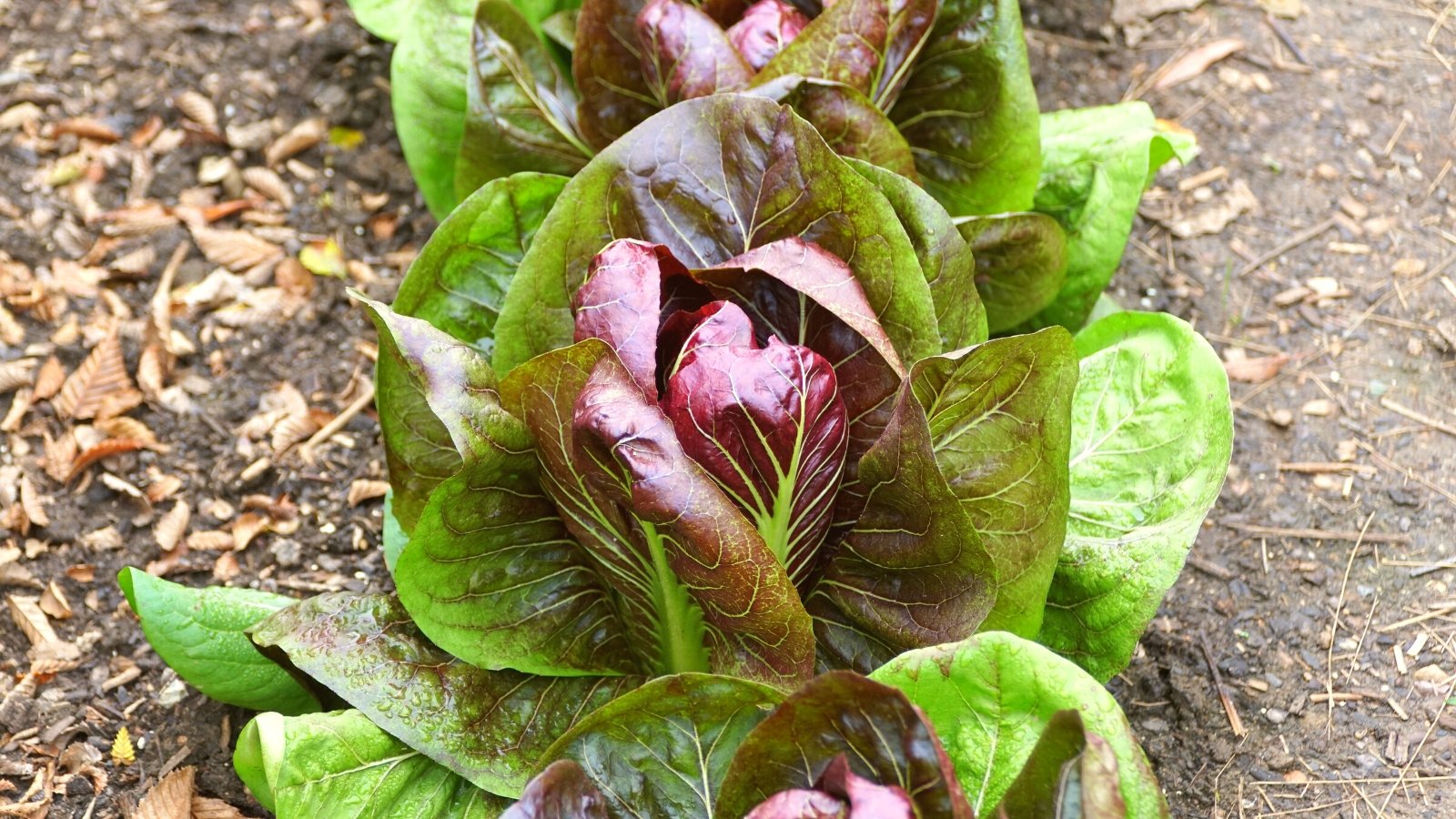

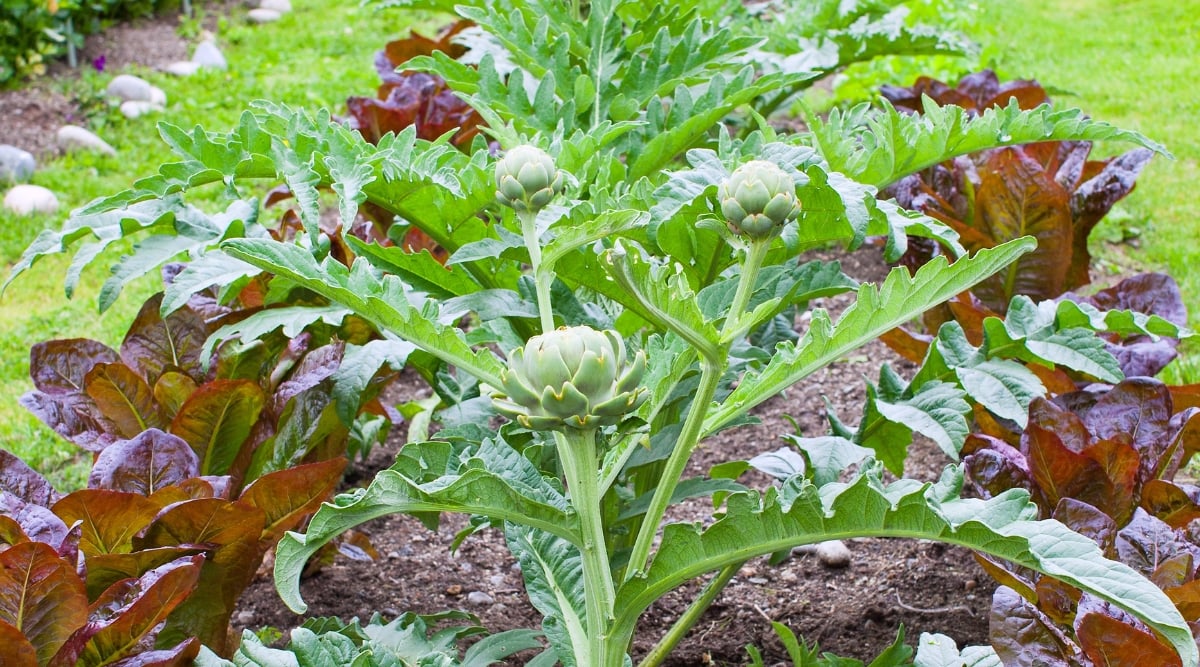
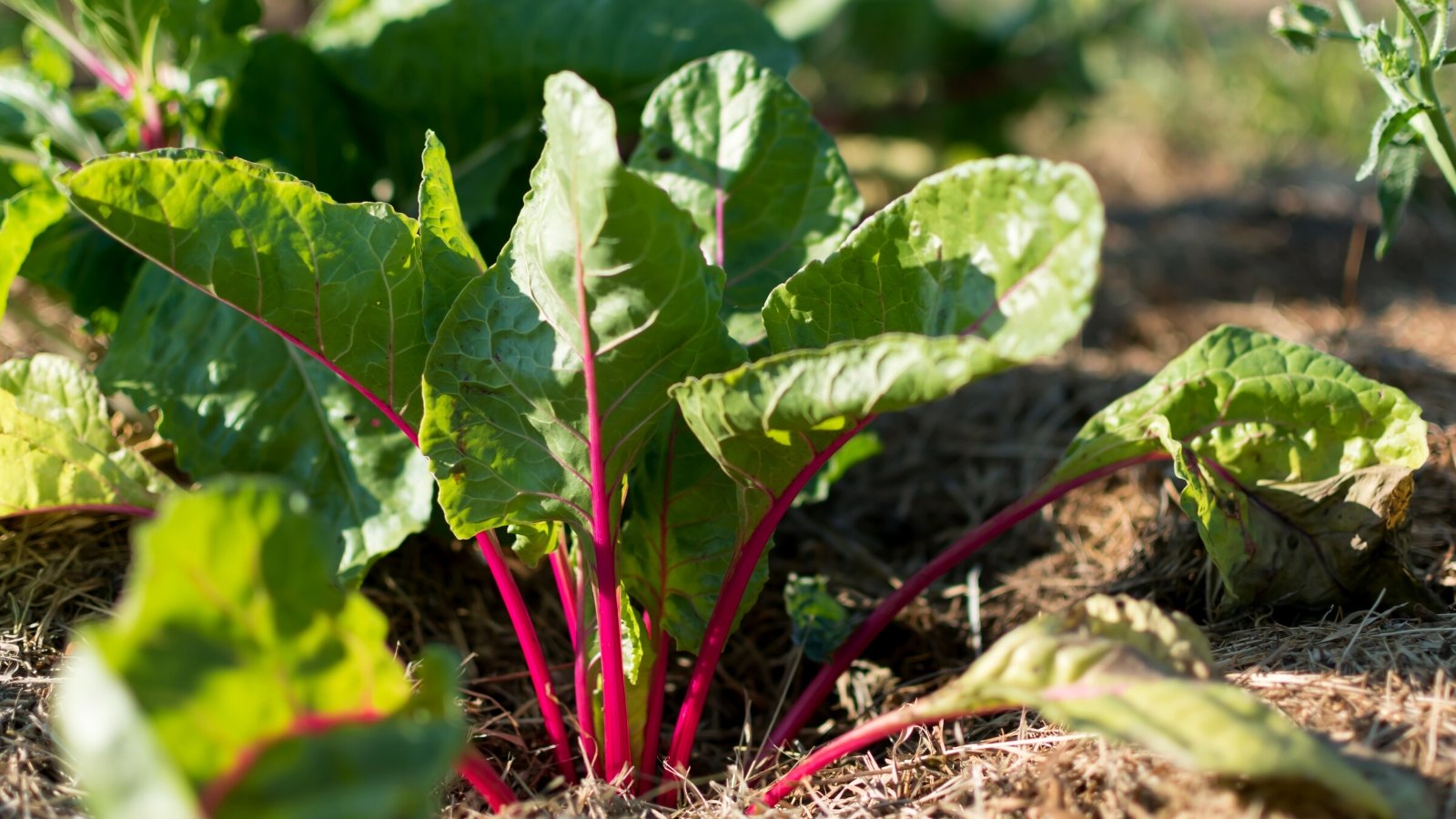

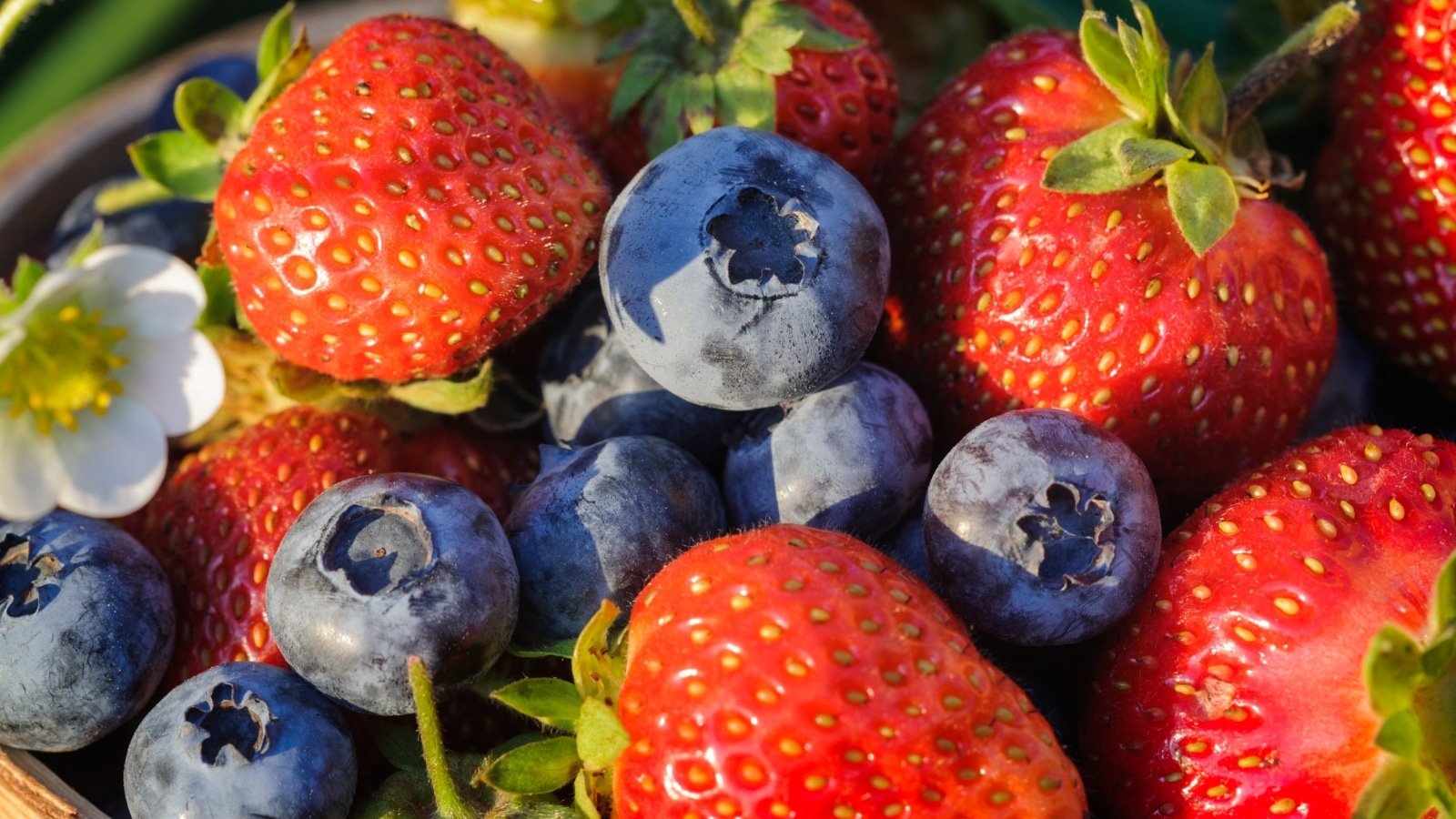
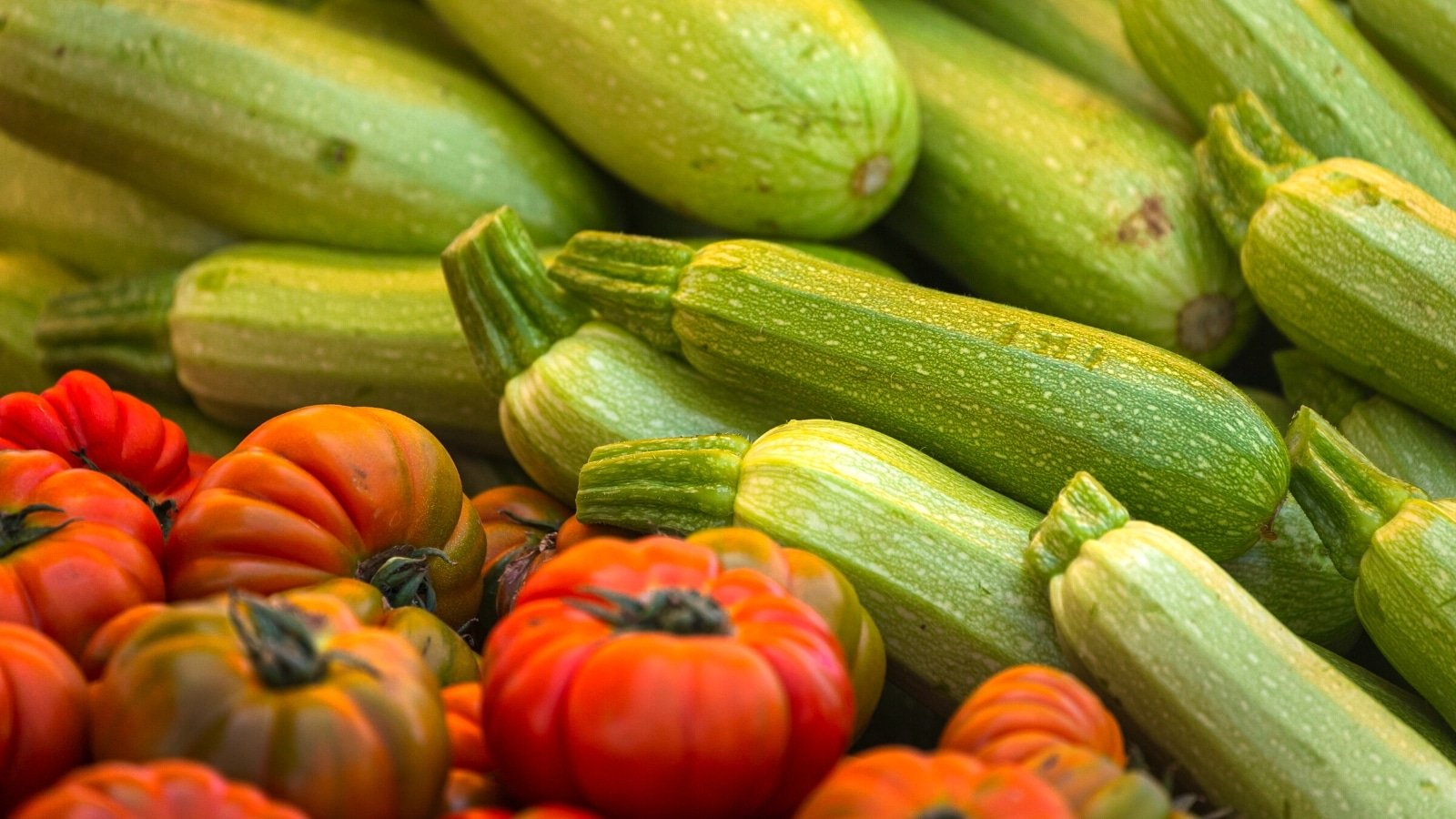
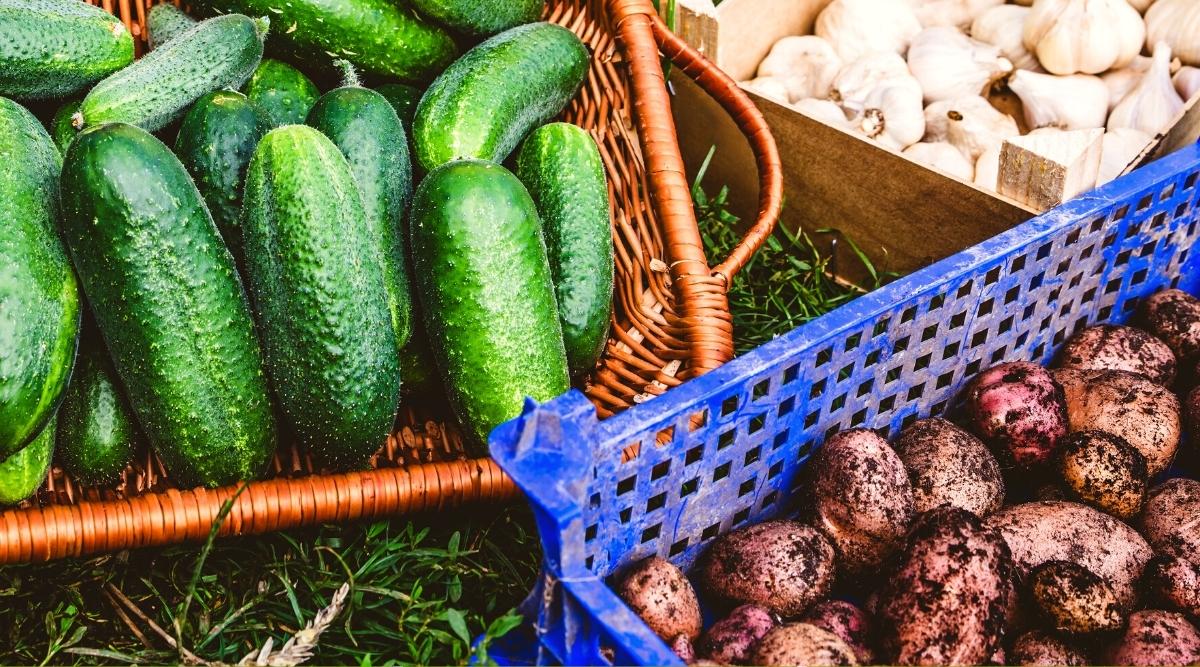
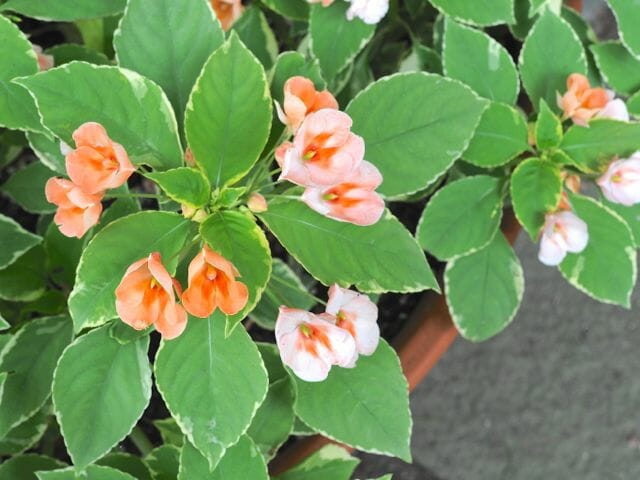
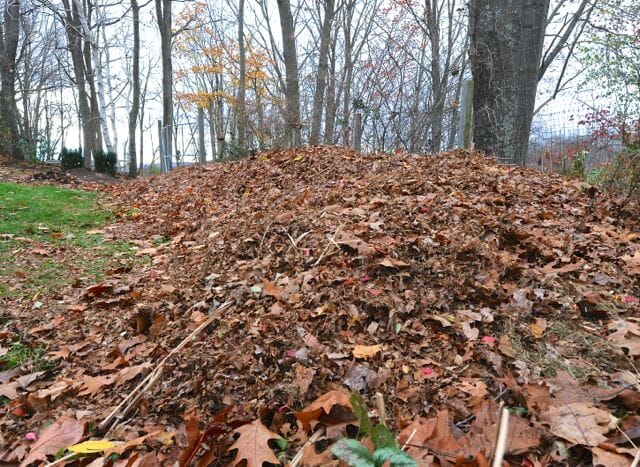
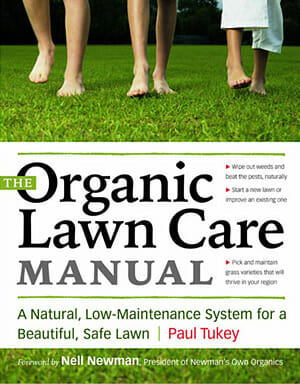
MistyMorning
The insights on how companion planting can enhance growth and reduce pests are quite valuable. It’s fascinating how plants can support each other, creating a healthier ecosystem in the garden while maximizing space effectively.